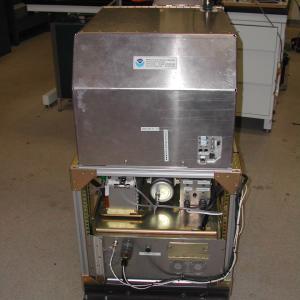Primary tabs
O3 Photometer (NOAA) (NOAA O3)
Ozone (O3) in the lower stratosphere (LS) is responsible for absorbing much of the biologically damaging ultraviolet (UV) radiation from the sunlight, and thus plays a critical role in protecting Earth's environment. By absorbing UV light, O3 heats the surrounding air, leading to the vertical stratification and dynamic stability that define the stratosphere. Manmade halogen compounds, such as CFCs, cause significant damage to the O3 layer in the LS and lead to the formation of the Antarctic ozone hole. Accurate measurement of O3 in the LS is the first step toward understanding and protecting stratospheric O3. The Ozone Photometer was designed specifically for autonomous, precise, and accurate O3 measurements in the upper troposphere and lower stratosphere (UT/LS). Flown for thousands of hours onboard the NASA ER-2, NASA WB-57, and NSF GV high-altitude aircraft, this instrument has played a key role in improving our understanding of O3 photochemistry in the UT/LS. Furthermore, its accurate data has been used, and continues to be highly sought after, for satellite validation, and studies of radiation balance, stratosphere-troposphere exchange, and air parcel mixing. Contacts: Ru-Shan Gao, David Fahey, Troy Thornberry, Laurel Watts, Steve Ciciora

